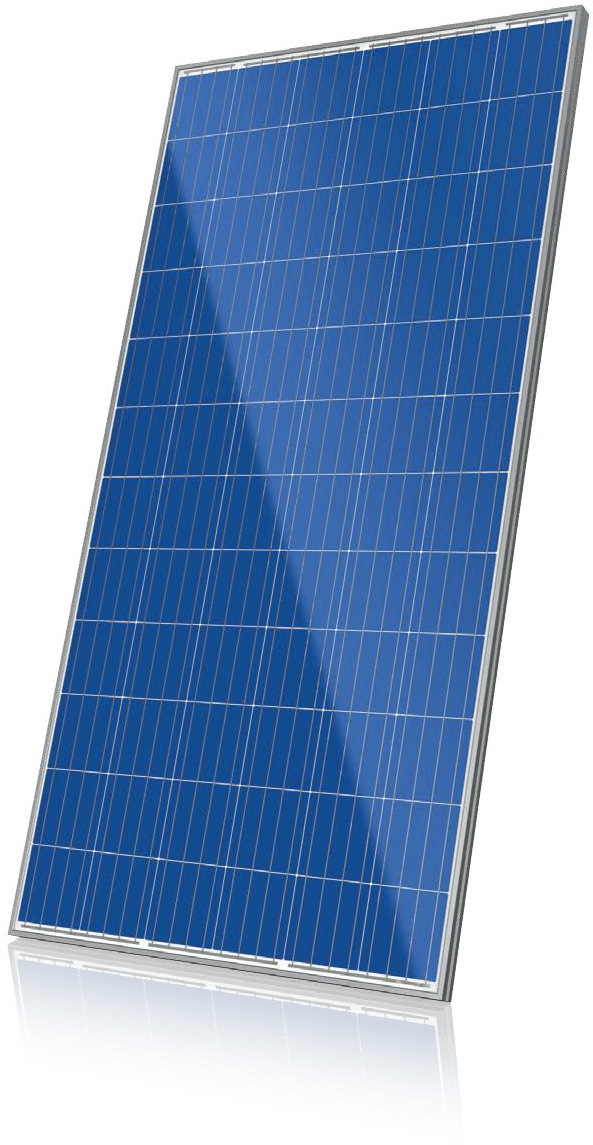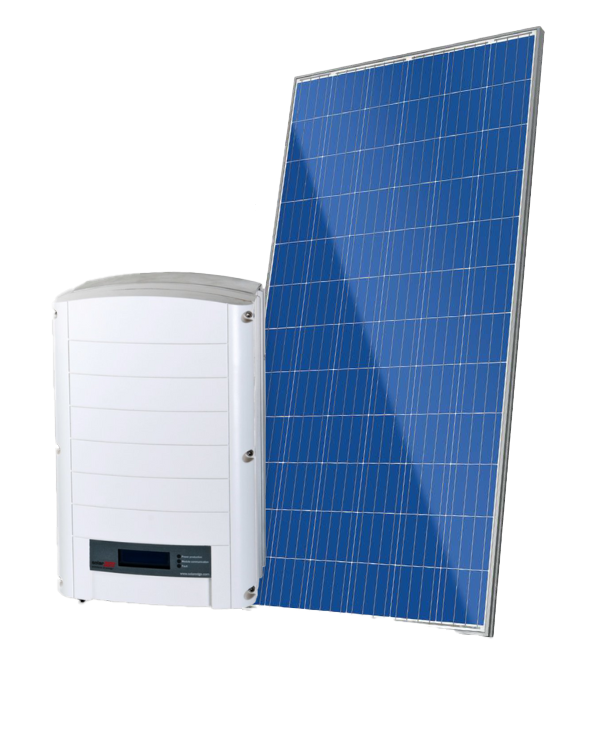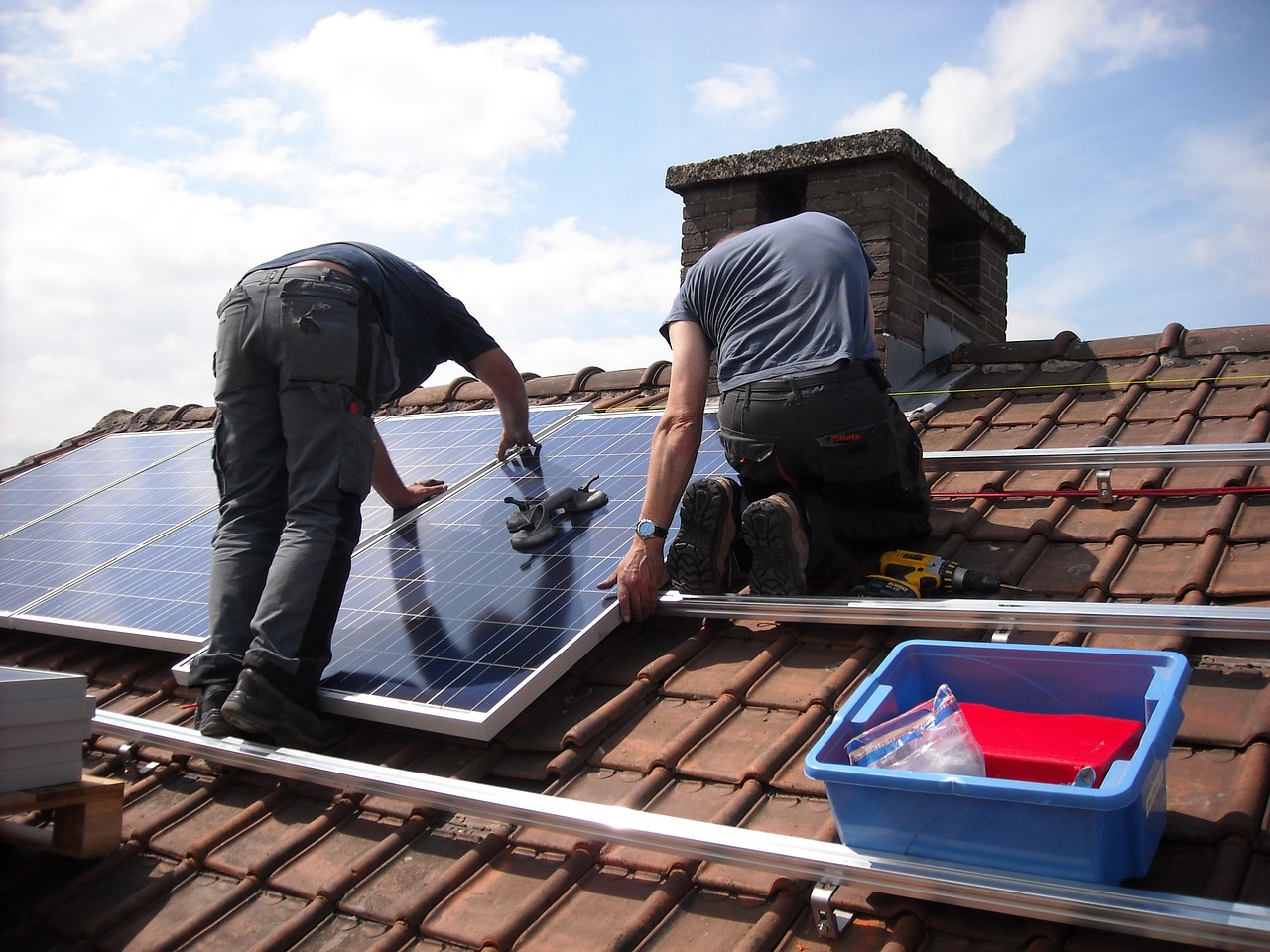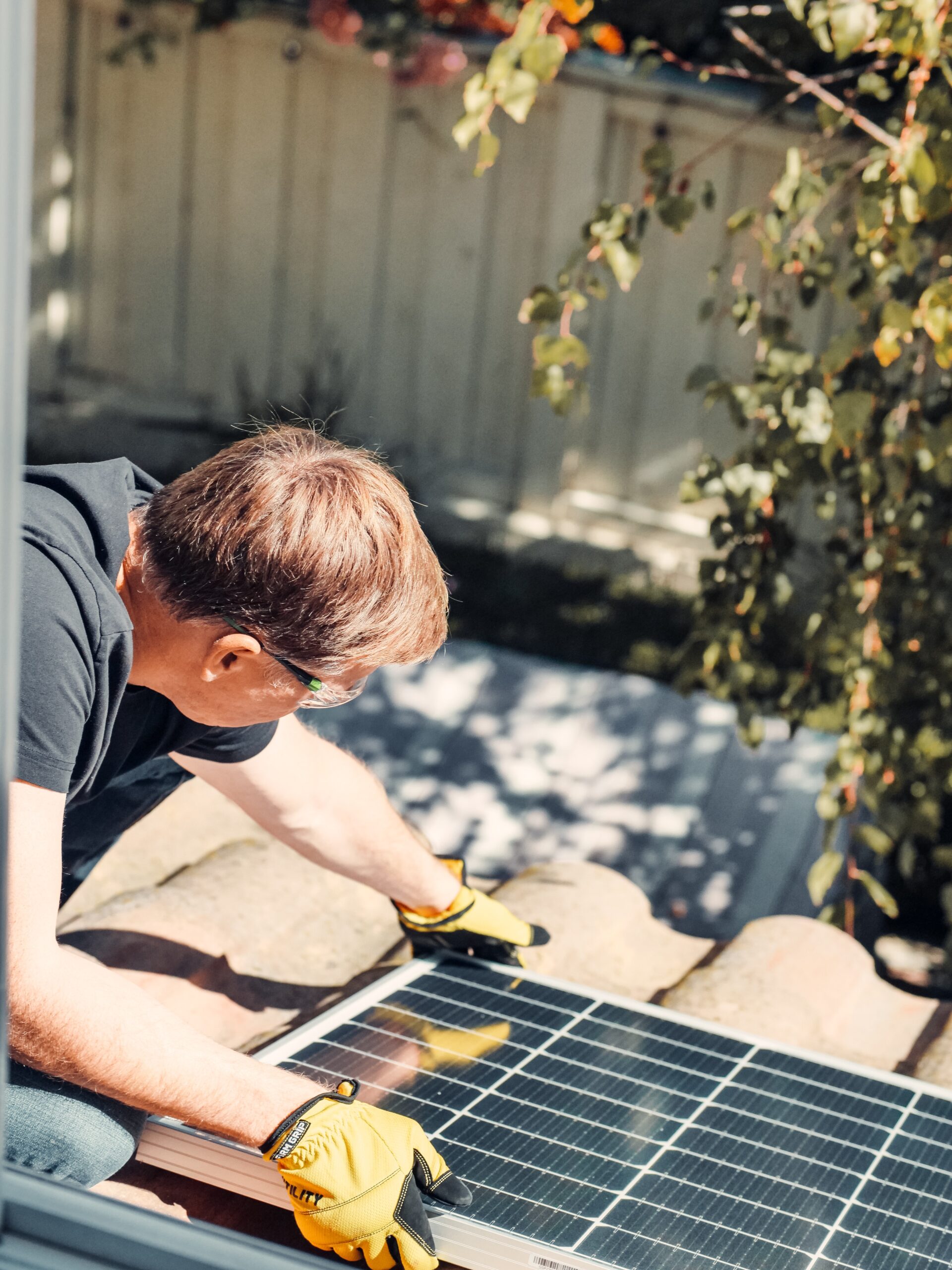6.6kW
The 6.6kW solar system is a dependable and efficient source of renewable energy. It has a total capacity of 6.6 kilowatts, with around 15 panels providing 440 watts apiece. It is designed for rooftop installation and minimises dependency on traditional energy sources while also lowering power costs and contributing to a cleaner future. With an average daily production of 25-30 kilowatt-hours and monitoring capabilities, performance may be easily tracked. It’s an environmentally beneficial and cost-effective option for solar-powered houses.
The electricity generation of a 6.6kW solar system can vary based on factors such as location, panel orientation, shading, and weather conditions. On average, a 6.6 kW solar system in Brisbane or Sydney can produce around 25-30 kilowatt-hours (kWh) per day.
Some benefits of a 6.6kW solar system include:
Reduced power bills: By producing your own renewable energy, you may minimise your dependency on the grid and, as a result, potentially cut your electricity expenses.
Impact on the environment: Solar power is a renewable energy source that decreases greenhouse gas emissions, aiding in the fight against climate change and encouraging a more sustainable future.
Return on investment: Investing in a solar system can give long-term financial advantages due to energy savings and possibly government subsidies.
Energy independence: With a solar system, you become less dependent on traditional energy sources, giving you greater control over your energy consumption.
Reduced power bills: By producing your own renewable energy, you may minimise your dependency on the grid and, as a result, potentially cut your electricity expenses.
Impact on the environment: Solar power is a renewable energy source that decreases greenhouse gas emissions, aiding in the fight against climate change and encouraging a more sustainable future.
Return on investment: Investing in a solar system can give long-term financial advantages due to energy savings and possibly government subsidies.
Energy independence: With a solar system, you become less dependent on traditional energy sources, giving you greater control over your energy consumption.
Yes, there are various government incentives available for solar installations in Australia. The most notable is the federal government’s Small-scale Renewable Energy Scheme (SRES), which provides Small-scale Technology Certificates (STCs) based on the system’s capacity and location. These certificates can be sold or traded to help offset the cost of the solar system.
Please note that solar incentives and regulations can change over time, so it’s essential to check with local authorities or consult a solar professional for the most up-to-date information.
Some technical Specifications for 6.6kW Solar Power System
Number of Panels: Approximately 20 panels (assuming 330-watt panels)
Panel Wattage: 330 watts per panel (standard-sized panels)
Panel Type: Monocrystalline (common panel types)


Some technical Specifications for 6.6kW Solar Power System
Inverter:
Inverter Type: Grid-tied (on-grid) inverter
Inverter Capacity: Matched to the system capacity (e.g., one or more inverters with a combined capacity of 6.6 kW)
Inverter Efficiency: Typically around 95-98%, converting DC electricity from panels to AC electricity for use in the home or to export to the grid.
Some technical Specifications for 6.6kW Solar Power System
Mounting System:
Mounting Type: Roof-mounted (most common) or ground-mounted
Mounting Structure: Racking or framing system to securely hold the solar panels in place
Material: Typically made of aluminum or galvanized steel for durability and corrosion resistance


Some technical Specifications for 6.6kW Solar Power System
Monitoring and Control:
Monitoring System: Some solar systems include monitoring capabilities to track the system’s performance, energy production, and detect any issues or anomalies.
Data Display: Monitoring may be accessible through a web-based portal, mobile app, or integrated with a home energy management system.
Electrical Components:
Wiring: Electrical wiring to connect the solar panels, inverter, and other system components.
DC Disconnect: A switch or breaker that allows the system to be safely disconnected from the panels in case of maintenance or emergencies.
AC Disconnect: A switch or breaker to disconnect the inverter from the home’s electrical system or grid connection.
